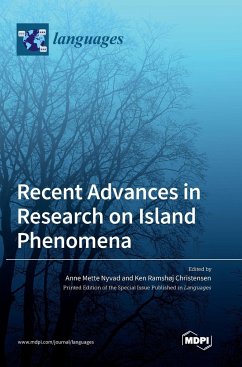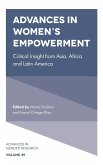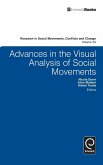In natural languages, filler-gap dependencies can straddle across an unbounded distance. Since the 1960s, the term "island" has been used to describe syntactic structures from which extraction is impossible or impeded. While examples from English are ubiquitous, attested counterexamples in the Mainland Scandinavian languages have continuously been dismissed as illusory and alternative accounts for the underlying structure of such cases have been proposed. However, since such extractions are pervasive in spoken Mainland Scandinavian, these languages may not have been given the attention that they deserve in the syntax literature. In addition, recent research suggests that extraction from certain types of island structures in English might not be as unacceptable as previously assumed either. These findings break new empirical ground, question perceived knowledge, and may indeed have substantial ramifications for syntactic theory. This volume provides an overview of state-of-the-art research on island phenomena primarily in English and the Scandinavian languages, focusing on how languages compare to English, with the aim to shed new light on the nature of island constraints from different theoretical perspectives.








